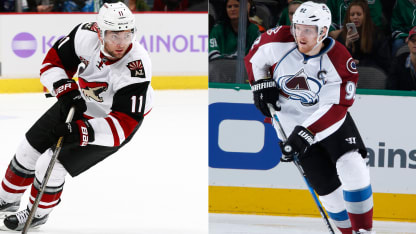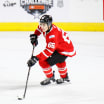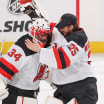The NHL Trade Deadline is March 1, and some prominent names have been circulating in the rumor mill, including Martin Hanzal of the Arizona Coyotes, Gabriel Landeskog of the Colorado Avalanche, Mike Ribeiro of the Nashville Predators and Thomas Vanek of the Detroit Red Wings.
Last week
, we dove into the underlying numbers to gain more insight into Ben Bishop of the Tampa Bay Lightning, Matt Duchene of the Avalanche, Marc-Andre Fleury of the Pittsburgh Penguins and Kevin Shattenkirk of the St. Louis Blues.
Analyzing top NHL Trade Deadline candidates
Martin Hanzal of Coyotes, Gabriel Landeskog of Avalanche could be moved before March 1

© Getty Images

















